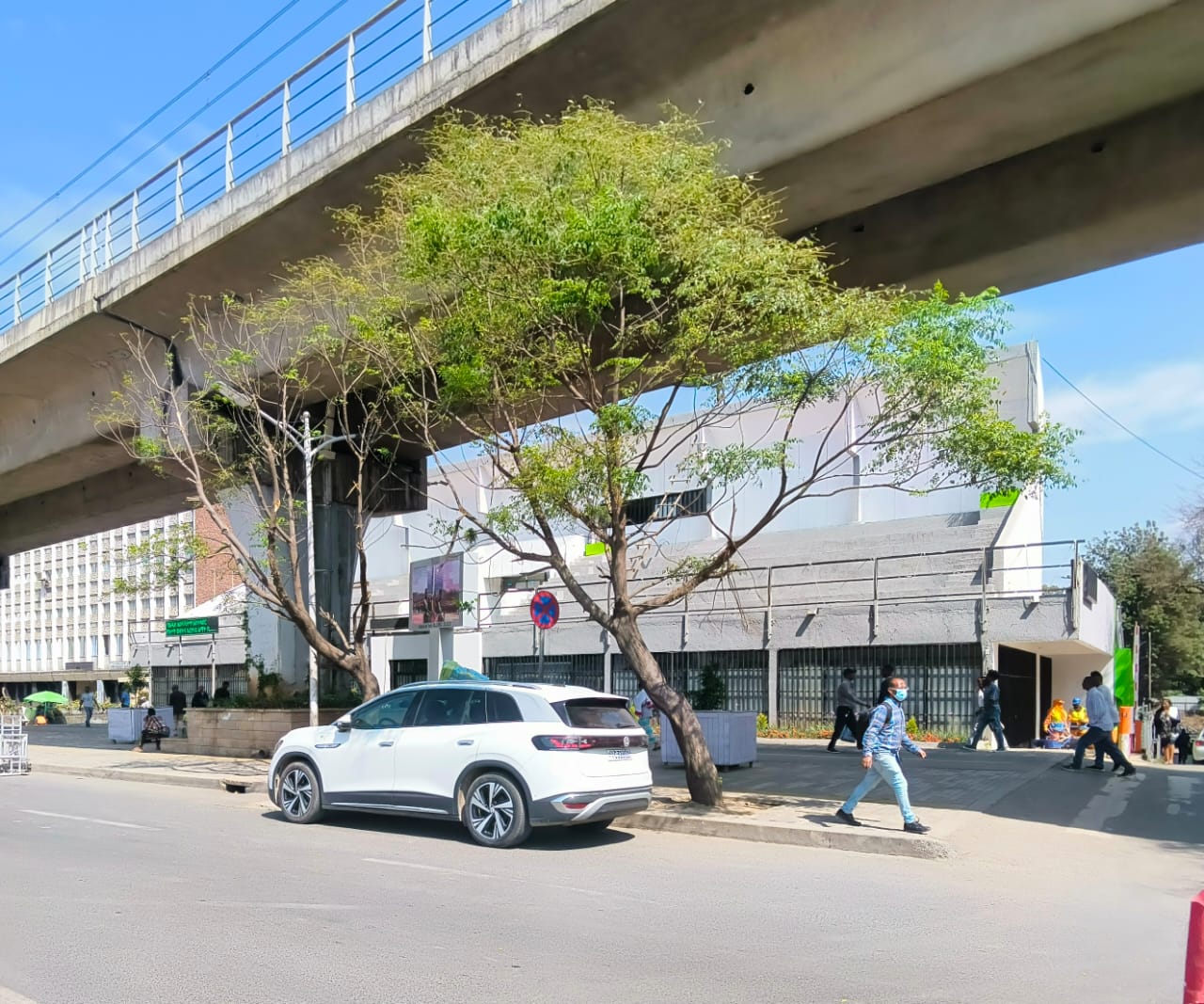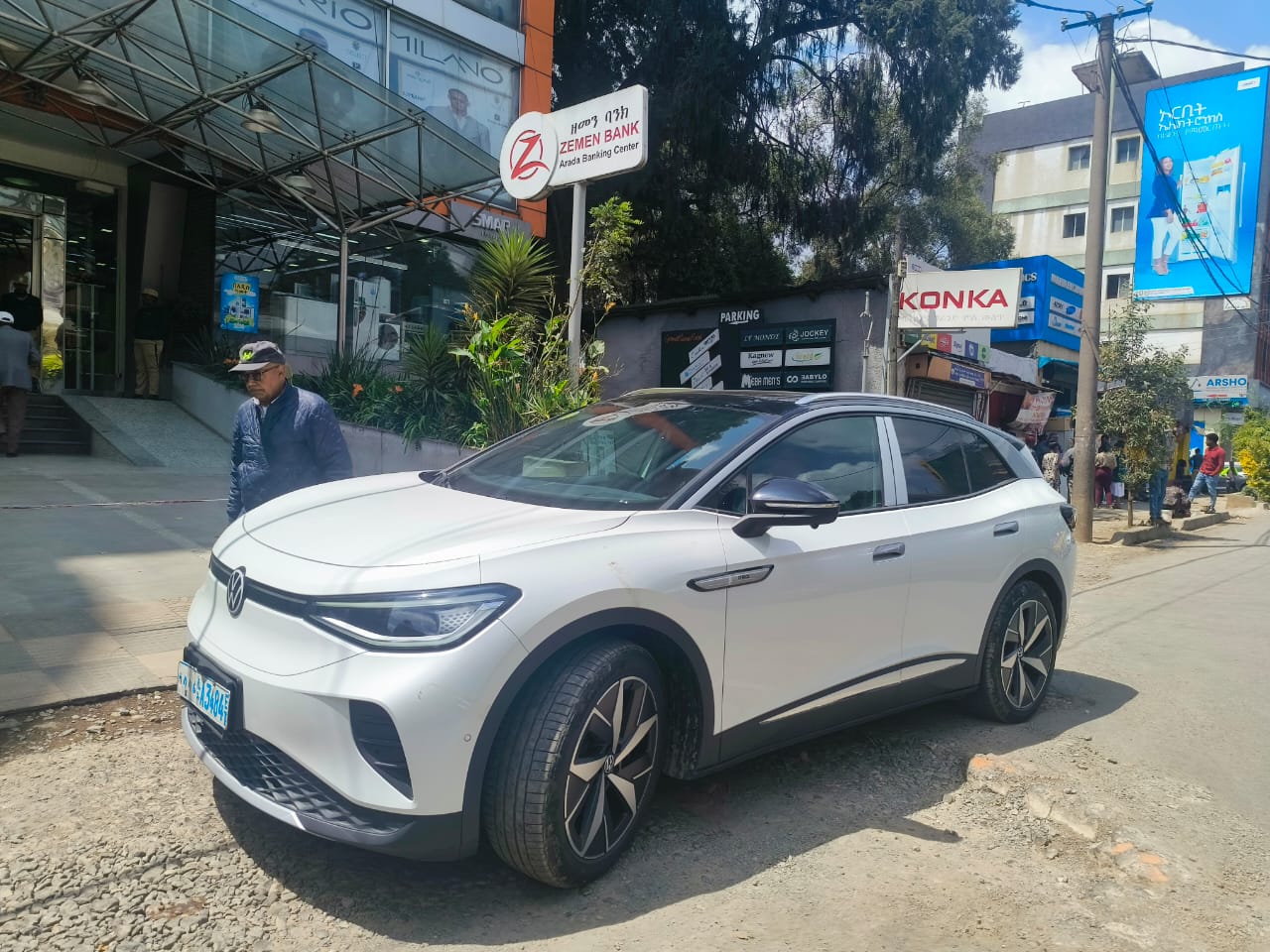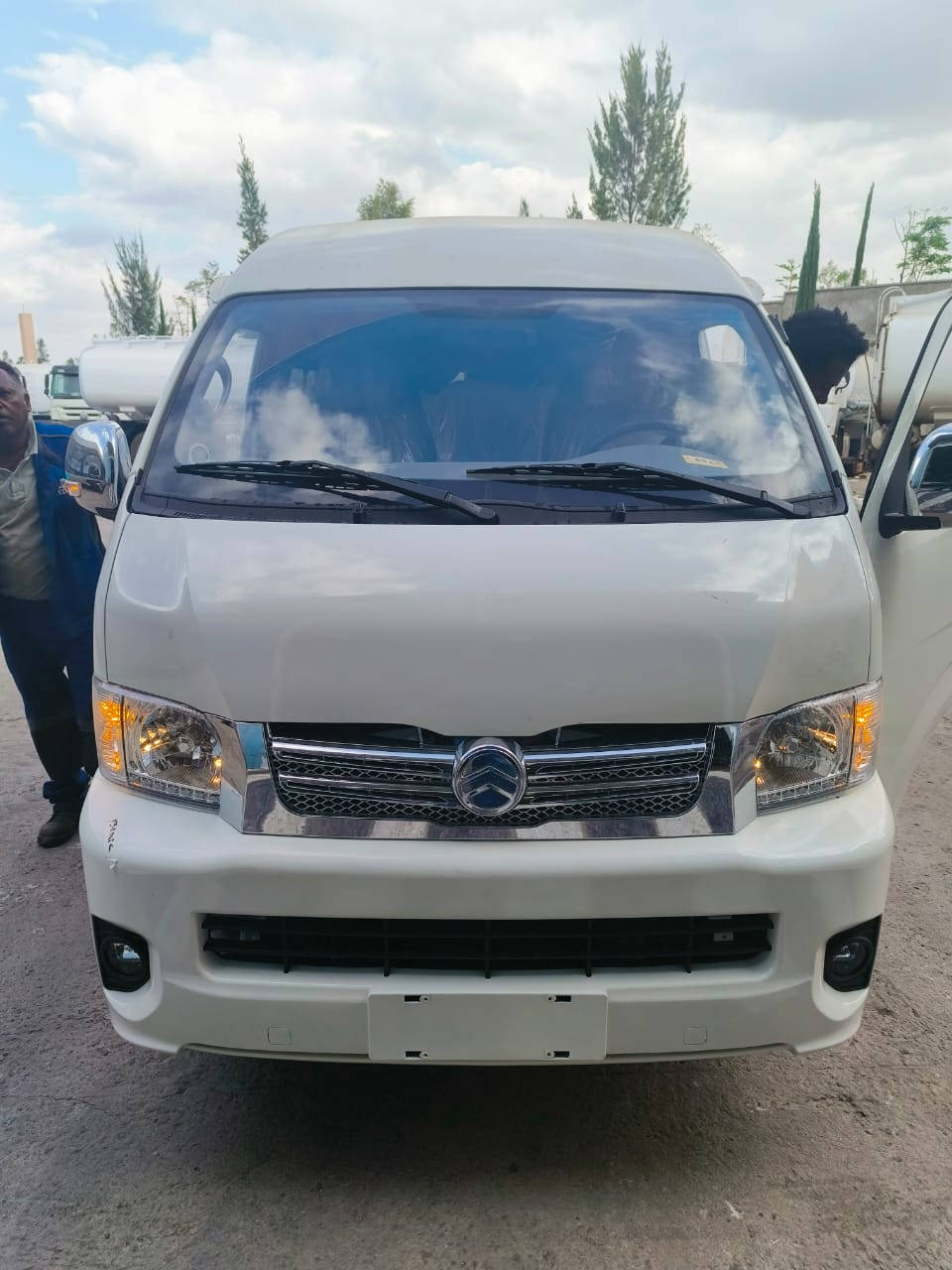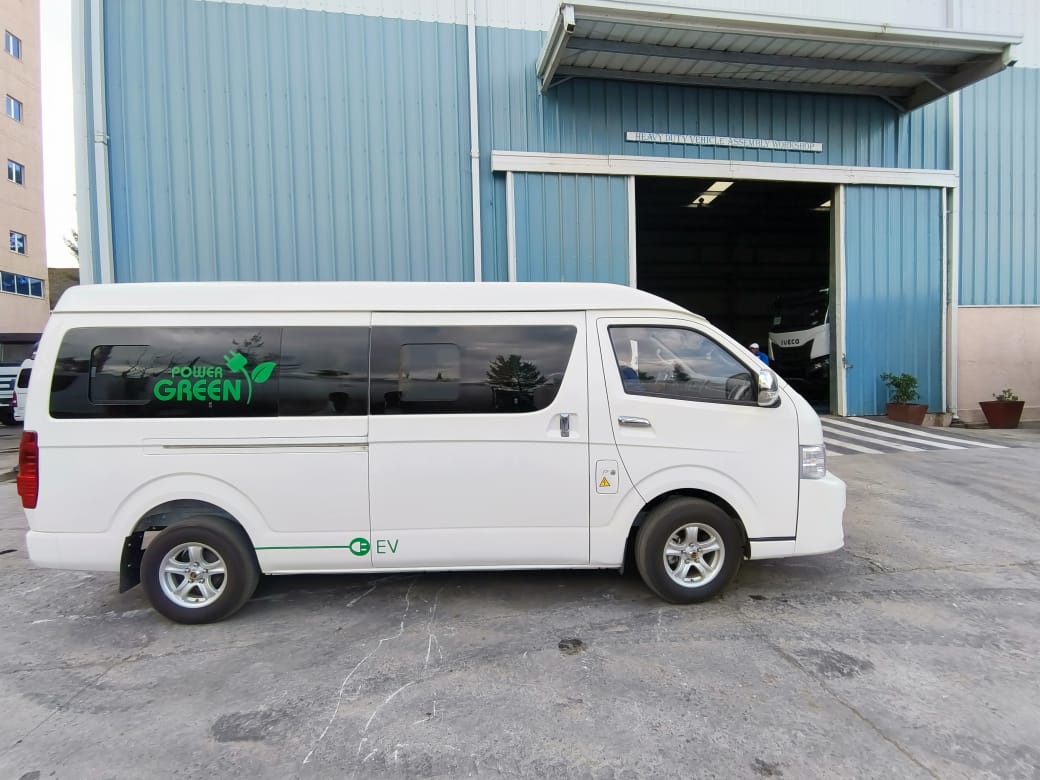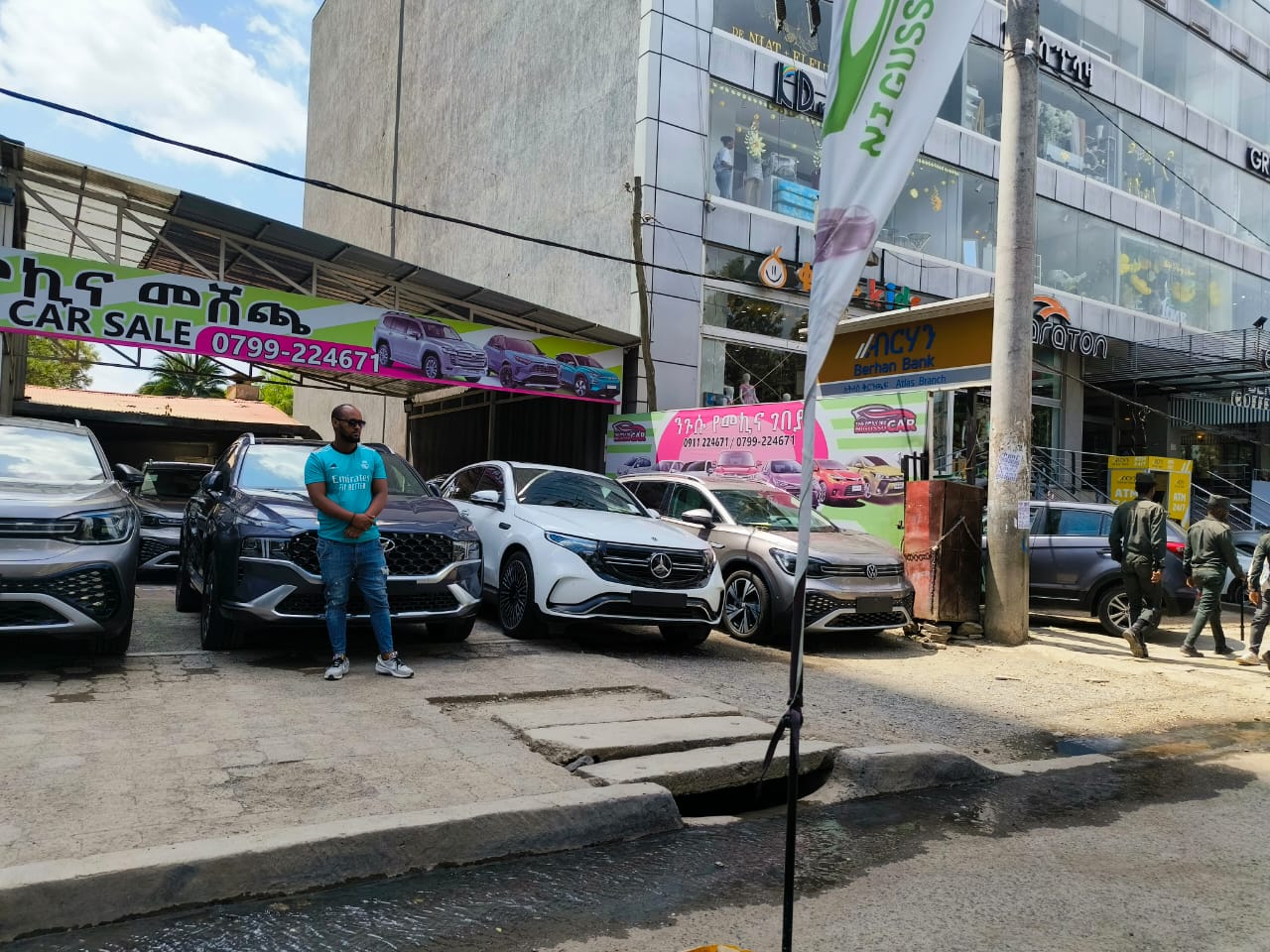In an unprecedented move over a year ago, Ethiopia became effectively the first country in the world to ban the import of internal combustion engine vehicles. That ban was not some futuristic target for 2030 or 2035. It was an immediate ban on the import of ICE cars. Ethiopia’s motivation? A high fossil fuel import bill of over US$5 billion a year, taking a huge chunk of the country’s scarce foreign currency resources. Energy security and self-sufficiency were other major drivers. Ethiopia recently commissioned the first units from the 5,150 MW Grand Ethiopian Renaissance Dam (GERD). The GERD will add another ~15,500 GWh of clean electricity to the country’s energy mix. This means Ethiopia now has some exceptionally good locally generated renewable energy that can be used to substitute a significant portion of that huge import bill.
Ethiopia’s ban covered fully built units and left out semi knocked down (SKD) and completely knocked down (CKD) ICE vehicle kits. That meant companies importing SKD and CKD kits for local assembly could still do so. This was the only avenue available for the importation of ICE vehicles. This month, the Ethiopia’s Ministry of Industry in a letter dated May 7, 2017 (yes 2017, remember in Ethiopia’s calendar, our 2025 is Ethiopia’s 2017), No 02.1.6/855 to the Customs Commission, a notice on the ban of the import of fuel-powered vehicles in accordance with a directive from the Ministry of Finance was issued and the updated notice now bans:
- Semi-knockdown (SKD) or completely knockdown automobiles and three wheeled vehicles (excluding electric motor powered, hybrid vehicles and ambulances) under tariff chapter 8703.
- Semi-knockdown (SKD) or completely knockdown (CKD) motorcycles (excluding those powered by electric motors) of tariff chapter 8711.
The move to initially exempt SKD and CKD kits for ICE vehicles was meant to continue support for the local assembly industry and any associated component manufacturing industry. I guess the feeling is now that the electric vehicle industry is growing nicely now both on the importation of fully built units and on the local assembly of electric vehicles that the government feels there is no more need to continue to support the local assembly of ICE vehicles. Several reports state that there are now tens of thousands of electric cars in Ethiopia. Data from the largest electric vehicle charging hubs in Addis Ababa seem to support this. A couple of months ago, we reported that Ethio Telecom launched its newly built ultra-fast EV charging station on both sides of the Bole to Megenagna Road in Addis Ababa. That first charging hub has:
- 8 Ultra-Fast chargers (up to 600 kW each) — the chargers are capable of fully charging compatible vehicles within 15 minutes, enabling rapid recharges for drivers on the go.
- 12 Super-Fast Chargers (up to 500 kW each) — delivering high-speed charging with optimal accessibility, and ensuring drivers get back on the road quickly.
- Smart Pole Chargers — integrated into smart city infrastructure, these Level II chargers provide emergency charging options for drivers in need and are located along various routes.
This makes it one of the coolest charging hubs you can find anywhere in the world. This hub has already done some awesome numbers. Since launch, the Bole–Megenagna hub has made a significant environmental impact, helping to prevent an estimated 521,074.23 kg of CO₂ emissions from February 11, 2025, to the first week of April 2025 — equivalent to planting approximately 2,622 trees.
Ethio Telecom says this achievement was made possible by providing services to 14,280 electric vehicles over the period, with a total of 376,574.72 kWh of electricity provided. That 14,280 is probably the number of charge sessions, as there could be some repeat customers on that corridor. In any case, even if Ethio Telecom isn’t reporting the number of unique users and therefore cars, it supports the case that Ethiopia is seeing significant growth in the country’s electric vehicle fleet.
In another move that should boost EV adoption (well, new-car buyers in Ethiopia don’t have a choice, as they can only import EVs now), those looking to hang on to their current ICE vehicles a bit longer may be persuaded to make the switch early, as the government is continuing with its plan to gradually remove subsidies on fossil fuels. Ethiopia plans to introduce 15% VAT and 15% excise on fuel. This will increase the total cost of ownership for ICE vehicle drivers.
There are a number of exciting developments in the electric vehicle space in Africa, with several counties backing plans to accelerate adoption. For example, Zambia, Rwanda, Mauritius, and others have either eliminated or reduced import duties and taxes on electric vehicles. In Zimbabwe, the import duty levied on electric vehicles was reduced from 40% to 25%, whilst the duties levied on ICE vehicles remained at 40%. All of these initiatives should see more electric vehicles coming into these markets. South Africa, on the other hand, still maintains a higher import duty for electric vehicles compared with ICE vehicles, which is a real shame. Hopefully South Africa comes to the party soon.
Good things are happening in Africa, especially in the electric vehicle sector. We are starting to see significant traction in a number of countries on the African continent. In Senegal, a ground-breaking 100% electric bus rapid transit service is up and running. A number of countries are also pushing for adoption of electric buses. Over 90% of all vehicles imported in most African countries come in as used vehicles. With the growing number of used electric vehicles in Europe, China, and America, we are also starting to see a lot more used EVs coming to West, East, Central, and Southern Africa.
One of the hottest topics in Africa at the moment, however, is the rise of the electric motorcycle sector. Motorcycles are a really big deal in a lot of African countries, with most of them deployed as taxis. Close to 30 million motorcycles on the continent are used in this motorcycle taxi industry. We are already seeing some good traction in the sector. In Kenya, 7.1% of all new motorcycle registrations in 2024 were electric. In Rwanda, starting from January of this year, only electric motorcycles can be registered.
Ethiopia has made the boldest decision to implement a total ban on new registrations of all ICE vehicles. Will more countries in Africa follow Ethiopia’s lead?
All images courtesy of Moses Nderitu — various EVs in Addis Ababa.
Sign up for CleanTechnica’s Weekly Substack for Zach and Scott’s in-depth analyses and high level summaries, sign up for our daily newsletter, and follow us on Google News!
Whether you have solar power or not, please complete our latest solar power survey.
Have a tip for CleanTechnica? Want to advertise? Want to suggest a guest for our CleanTech Talk podcast? Contact us here.
Sign up for our daily newsletter for 15 new cleantech stories a day. Or sign up for our weekly one on top stories of the week if daily is too frequent.
CleanTechnica uses affiliate links. See our policy here.
CleanTechnica’s Comment Policy
cleantechnica.com
#Ethiopia #Updates #ICE #Vehicle #Import #Ban #Include #Imports #SKD #CKD #Kits




